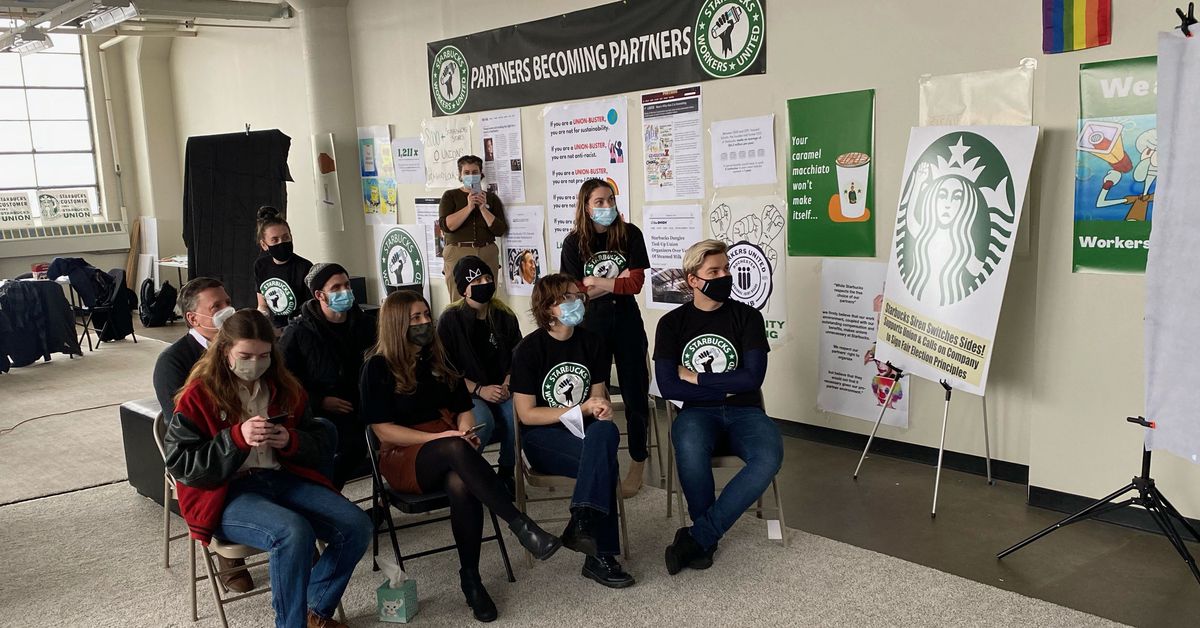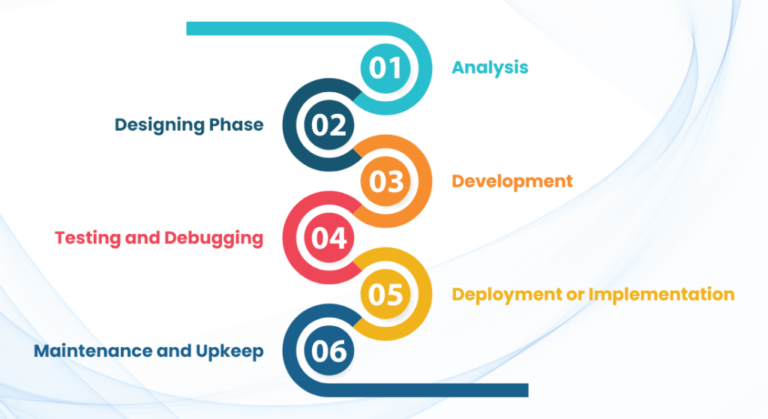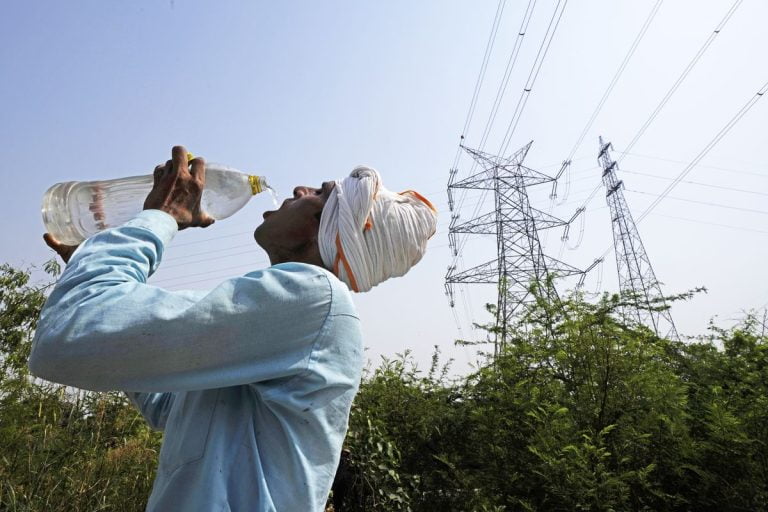
On Thursday, workers at a Starbucks store in Buffalo, New York, voted to form a union, making it the first of more than 8,000 Starbucks locations in the US to unionize. A second Buffalo location voted against unionizing; a third had a majority vote for the union but, due to a number of challenges to individual ballots, the results aren’t final.
For the Starbucks employees at the union store, this means they’ll begin to negotiate a contract for better wages, benefits, and working conditions. For everyone else, this could spur more unionization across the US — whether at more Starbucks locations or anywhere else — thanks to the company’s high profile.
“Sometimes strikes and union organizing victories can be very contagious,” said Johnnie Kallas, a PhD candidate at Cornell’s Industrial and Labor Relations school, which hosted a panel ahead of the vote tally on Thursday. “We saw this in 2018 with teacher strikes. They began in West Virginia; they quickly spread to North Carolina, Arizona, Oklahoma, and other states.”
He added, “[This vote] could inspire a lot of workers across the country in a low-unionized sector to fight for union rights.”
It’s not clear exactly how widespread union organizing is in the United States right now, due to the limitations of existing datasets, said Kallas, who is the project director for a tool that monitors union actions across the country. By his count, there have been 243 strikes through November of this year, while the Bureau of Labor Statistics (BLS) has only documented 13 strikes (the agency only collects data on strikes that include more than 1,000 workers). The BLS count would not have included, for example, a strike of 700 nurses in Massachusetts earlier this year. Even so, the number of those larger strikes that the BLS does count has declined since the 1970s.
We also don’t have union membership data yet for 2021. What we do know is that the share of Americans who are members of unions has been declining for decades, thanks to difficult hurdles to forming unions. But in 2020, it ticked up slightly to about 11 percent. In the private sector, the rate is about half that. The number of union petitions filed with the NLRB has also declined in recent years, though labor attorney Richard Griffin, a former general counsel of the National Labor Relations Board, said that a recent increase might not be reflected thanks to extended shutdowns at the organization during the pandemic.
But there are reasons to think unions and union activism have become more popular since the start of the pandemic, which has caused many Americans to rethink their relationship to work.
Despite dwindling union membership, Americans have expressed an increasingly positive opinion of labor organizing over time. Union sentiment is at a generational high in the US, with 68 percent of Americans supporting unions, according to data from Gallup. The last time union approval was so high was 1965.
Employees also have an advantage in a very tight labor market in which employers are struggling to find enough workers. A record 4.4 million Americans quit their jobs in September, and a similar number did so again in October, according to the latest available data. This has forced employers to raise wages, especially for some of the lowest-wage workers in industries like leisure and hospitality, as well as to offer a variety of other better working conditions, including remote work, to some employees.
There have been a number of recent high-profile union efforts that are bringing union issues to the fore, including at companies like John Deere and Kellogg’s. But perhaps the most high-profile efforts have been at Amazon, the second-largest private employer in the US. A union vote in Bessemer, Alabama, failed earlier this year, but organizers will hold a new vote after the National Labor Relations Board determined that Amazon improperly pressured warehouse staff not to join the union.
That fits into a broader trend. “Companies engaged in unfair labor practices with increasing frequency from the 1970s onward, including firing organizers, holding mandatory anti-union meetings, and hiring replacement workers during strikes,” according to Shelly Steward, director of the Future of Work Initiative at the Aspen Institute.
Unionization has also struggled due to increasingly difficult governmental hurdles.
“Through the second half of the 20th century, labor laws increasingly favored employers over workers,” Steward said.
However, current legislation is striving to make those hurdles more manageable. The PRO Act, which is currently in the Senate, would make it much easier for employees to unionize and would establish tougher penalties if employers illegally try to thwart those efforts. It would also allow contractors and gig workers — an increasingly larger share of the workforce — to organize alongside traditional employees.
Even just at Starbucks, whose union was organized by the Workers United Upstate New York, these votes are just the beginning. Three more stores in Buffalo, a city known for its higher level of unionization than the nation as a whole, have filed petitions with the National Labor Relations Board to unionize, as has a location in Mesa, Arizona.
This also opens the door for more unionization in so-called unskilled labor sectors, like leisure and hospitality.
This is a new concept even for workers in the field.
“My dad is in the teachers union, but I had only ever really associated unions with teachers and nurses and mainly construction workers in the building trades,” Casey Moore, a Starbucks barista in Buffalo, said in the pre-vote briefing. “So when I first started I was like, ‘Really, a union for baristas?’ But then the more I learned about it, the more I thought, ‘Why not?’ There’s no reason that baristas shouldn’t get the same benefits and quality of life that other workers do.”
As for her experience so far, she said, “Every single day was us learning about how difficult it is to form a union in this country and just the odds against us are incredibly insurmountable. But today is our vote count and we are confident that we’ll win the first unionized Starbucks for the United States, despite those odds.”






